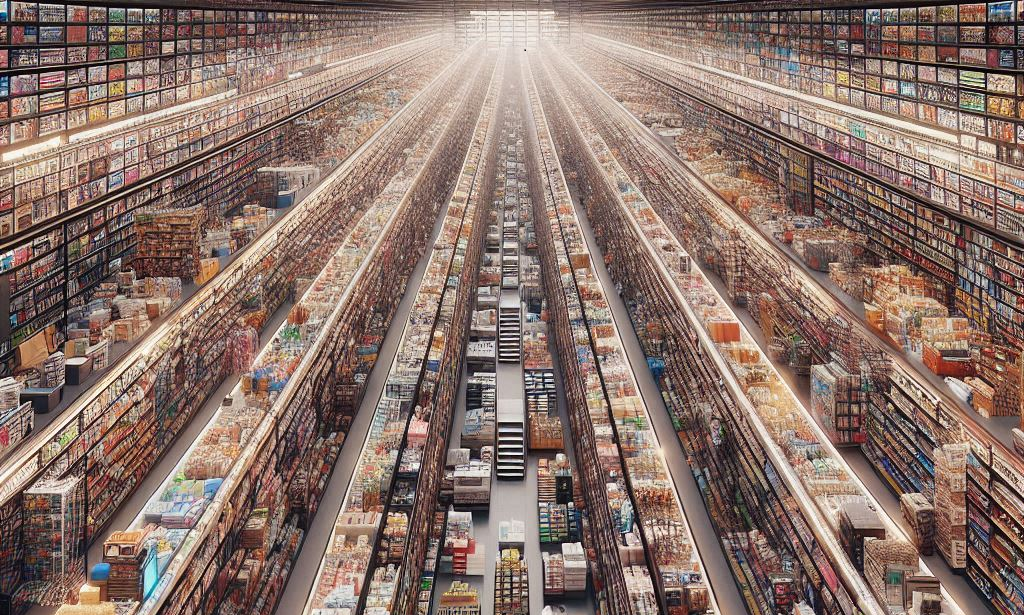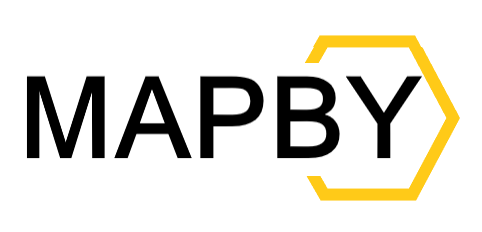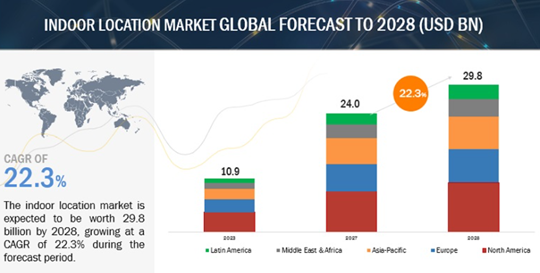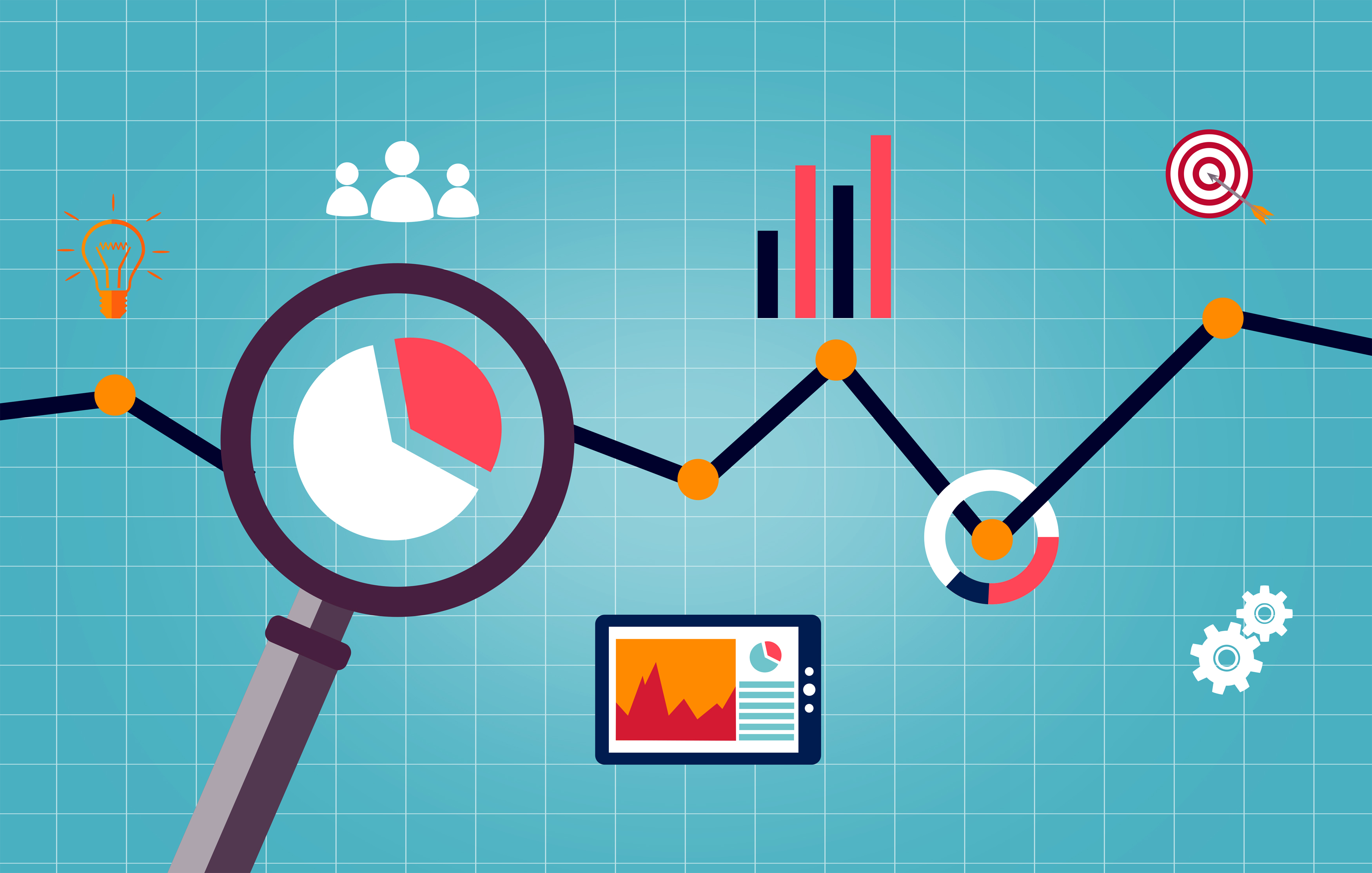
An innovative method for Indoor Mapping and Store Navigation
A patented technology in a growing $30 billion dollar global industry.
Technology
Traditional locationing technologies, such as GPS, are not able to provide the accuracy required for indoor locationing applications, and may not penetrate through structures. To provide accurate position, many indoor locationing systems such as the disclosed system instead rely on a plurality of wireless transceivers (e.g., Bluetooth, Wi-Fi, UWB, RFID) positioned inside the venue, and based on the signal strength or time-of-flight of wireless signals to and from user devices, a more accurate position can be determined.
When location information is combined with physical layout information, the system is able to intelligently plot routes through the structure. The Mapby patents disclose further combining this data with a database of item locations within that structure, such as items on a pick-list, to generate optimized routes for retail, item picking, shipping, and logistics
Applications
Indoor Navigation
- Navigation to pre-purchased products
- Custom Routes based on customer selections
- Multiple mapping technology support

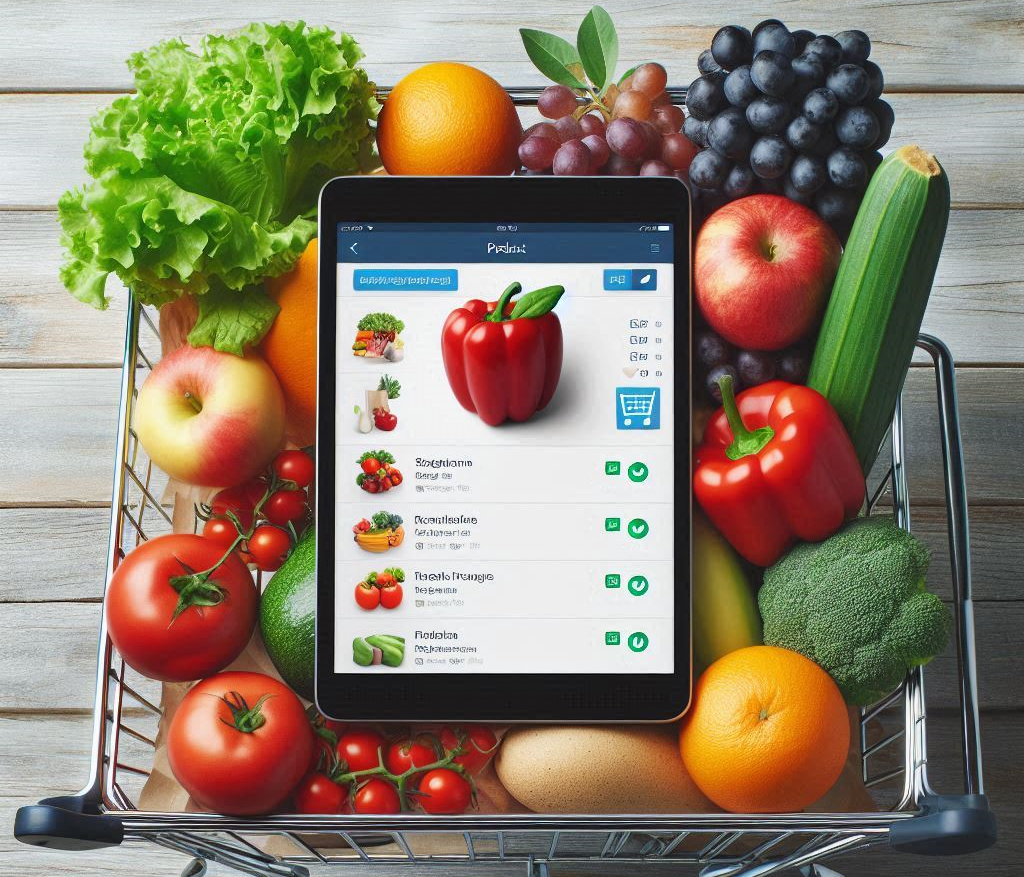
Advertising
- Targeted advertising based on customer selections or routes
- Data aggregation from users data
Space Utilization
- Combine usage data with mapping to optimize store layouts
